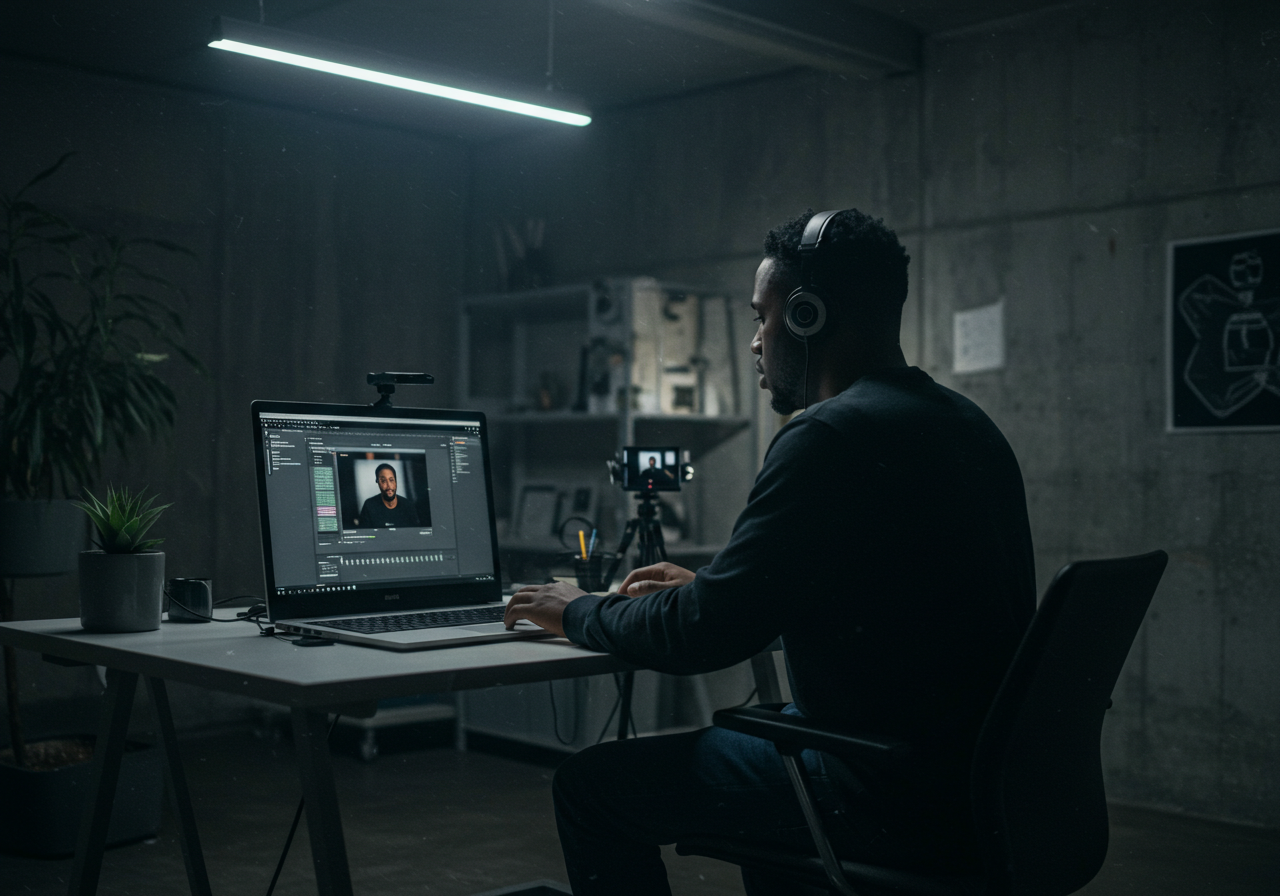
the latest News & tutorials
Discover tutorials, gear reviews, industry insights, and creative inspiration tailored for filmmakers, editors, and storytellers. From mastering LUTs to building your editing toolkit, our blog is where creativity meets craft—helping you stay sharp, inspired, and ahead of the curve.
Introducing ShotClubAI: The New AI-First Stock Library
Album Art Archive: A Visual History of Music Design
What Is a Film Artifact?
Alternatives to Tropiccolour.com: The Best Filmmaking Asset Stores in 2025
How to Add Film Halation in Final Cut Pro (Step-by-Step Guide)
What Is the Anti-Halation Layer in Film?
How to Get the Thermal Look with Thermography LUTs in Final Cut Pro
Flat-Line Cuts
Stiff Stabilization
Dust & Scratch Overlays
Greasy Lens Flares
Banding & Gradient Loss






